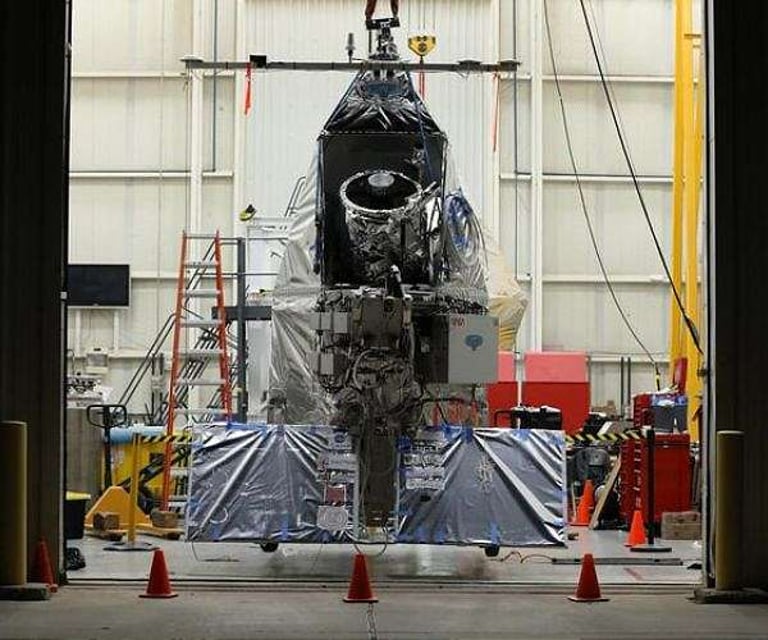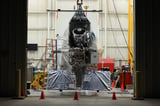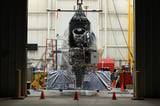NASA's EXCITE Mission to Launch Infrared Telescope from Antarctica for Groundbreaking Exoplanet Study
August 27, 2024
NASA is gearing up for the EXCITE mission, which will utilize an infrared telescope to study exoplanet atmospheres from near-space using scientific balloon flights.
The mission is set to launch from Antarctica, where it will operate for over a dozen days, enabling continuous observations without interruptions from sunset.
To achieve clear infrared observations, EXCITE will ascend to approximately 132,000 feet, well above 99.5% of Earth's atmosphere.
The EXCITE instrument was developed in collaboration with multiple institutions, including NASA Goddard and Arizona State University.
EXCITE aims to provide a three-dimensional view of exoplanet atmospheres by analyzing heat distribution and atmospheric composition through phase-resolved spectroscopy.
The mission will utilize phase-resolved spectroscopy to examine how atmospheric molecules absorb and emit light as the planets orbit their stars.
The telescope will measure heat distribution across the exoplanets, capturing data from the hot side facing the star to the cooler nightside.
NASA's scientific balloon program offers a cost-effective means to access near-space for various scientific investigations and technology development.
Before its primary scientific flights, EXCITE will conduct a test flight during NASA's fall 2024 scientific ballooning campaign from Fort Sumner, New Mexico.
Peter Nagler, the principal investigator for EXCITE, highlighted the mission's potential to deliver a comprehensive view of exoplanet atmospheres and their temperatures.
The telescope assembly is engineered to maintain a stable pointing accuracy equivalent to focusing on a U.S. quarter from 65 miles away.
Precise alignment of the telescope's spectrometer is crucial, as even slight misalignments can significantly impact data collection.
Summary based on 3 sources


